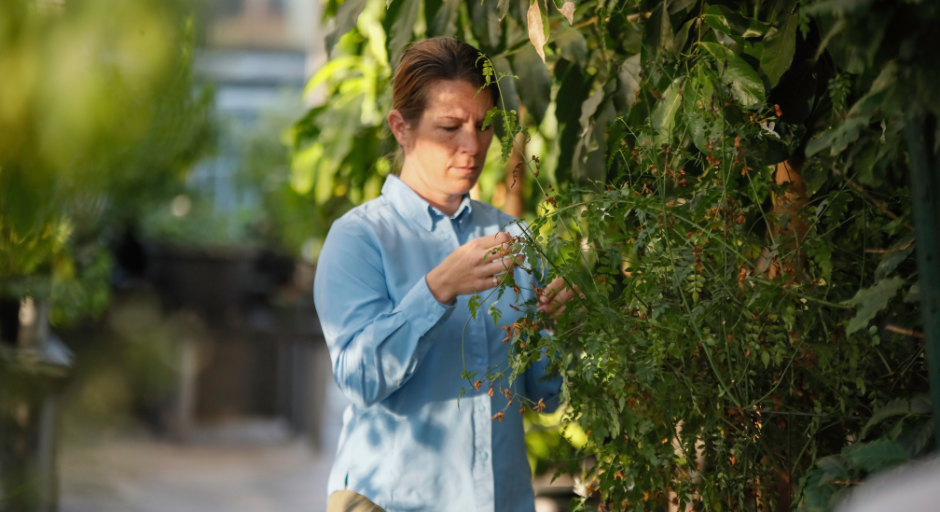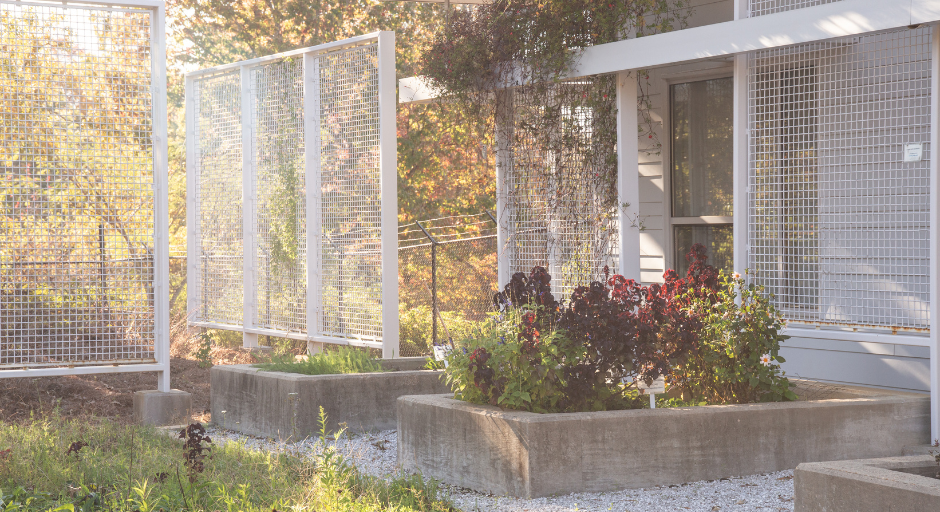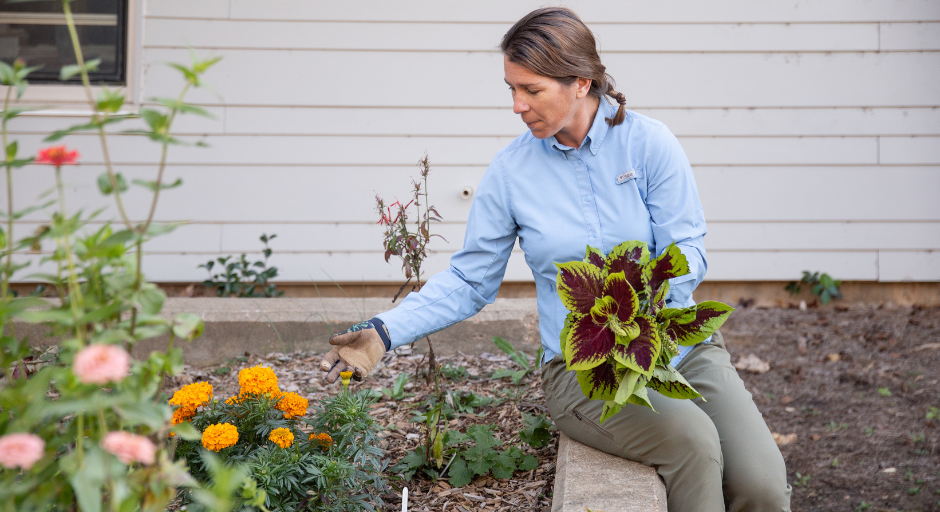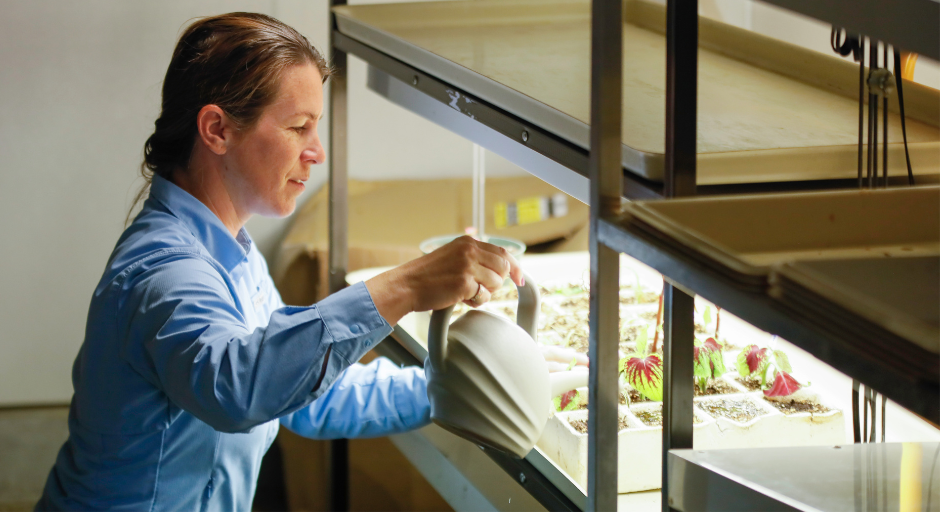Plant Facilities
Our plant facilities serve as essential resources for exploring the vast potential of botanical research.

"When you combine the garden with the capabilities of the researchers at NCNPR, we have one of the most unique and well-respected natural products research facilities anywhere in the world.”
Derek Oglesby, Principal Research and Development Technical Services
Supporting research with specialized plant resources
At NCNPR, our plant facilities provide the essential resources for our researchers to explore and unlock the potential of plants. They are central to our ability to advance botanical research and contribute to the development of innovative natural products.
The Maynard W. Quimby Medicinal Plant Garden
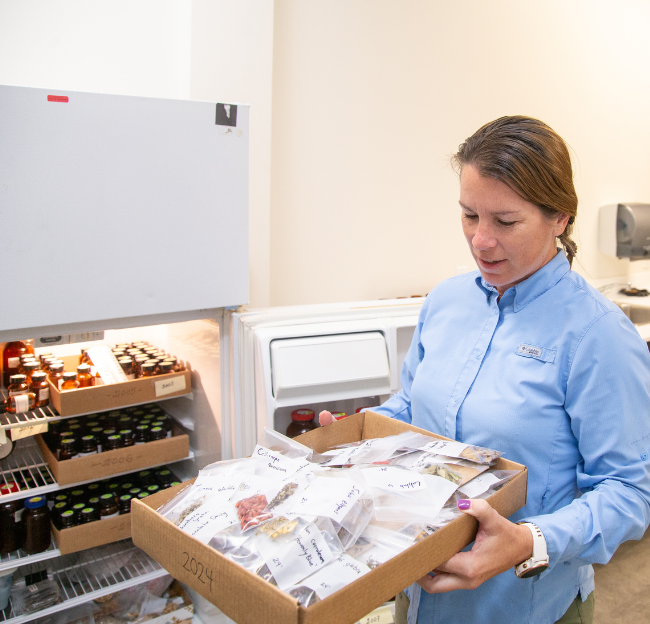
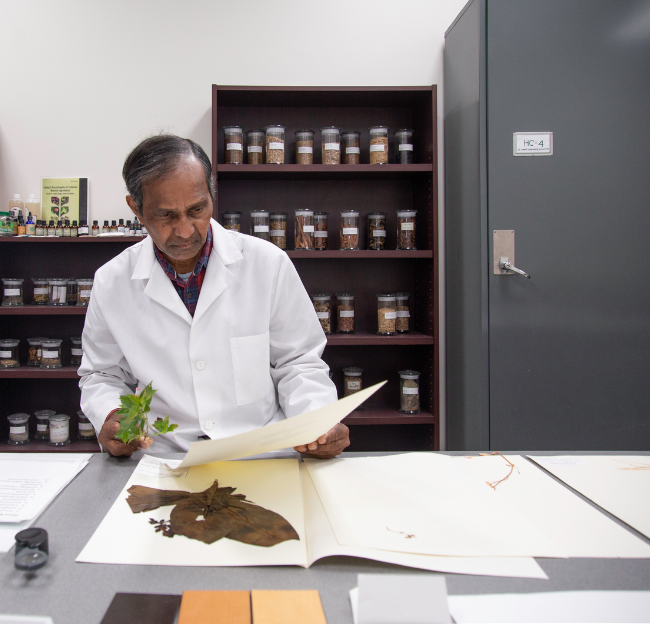
Equipped for growing & processing medicinal plants
The garden is equipped with specialized facilities, including a greenhouse and shade house, designed to support the cultivation of a wide range of medicinal plants. These spaces provide controlled environments for growing both delicate and large plants, ensuring optimal conditions for research. The garden also supports plant specimen grinding, plant specimen processing, plant specimen drying, and plant specimen storage.
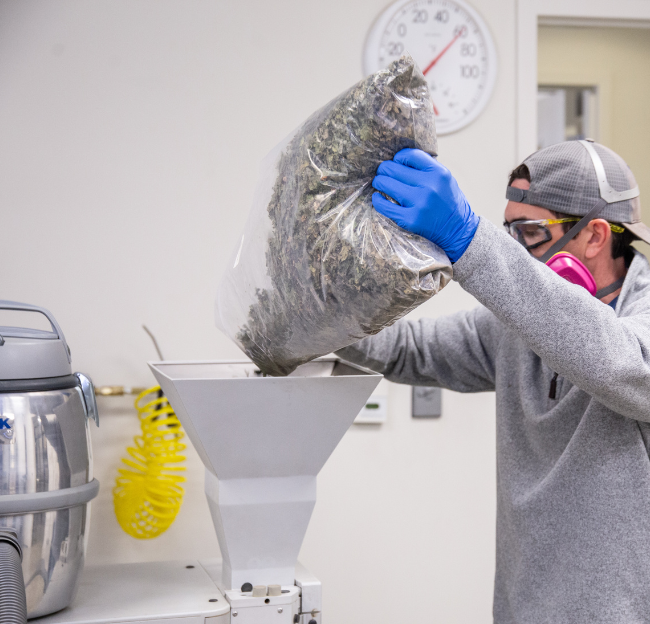

Providing high-quality, verified plant materials
The garden’s resources are central to advancing our understanding of medicinal plants, from their growth and cultivation to their potential applications in drug development. Researchers at NCNPR can send orders to the garden to request specific quantities of plant materials, whether it’s leaves, stems, or flowers, for detailed analysis. The garden team then fulfills these orders, ensuring that the required plants are cultivated, harvested, and processed to meet the needs of each research project.
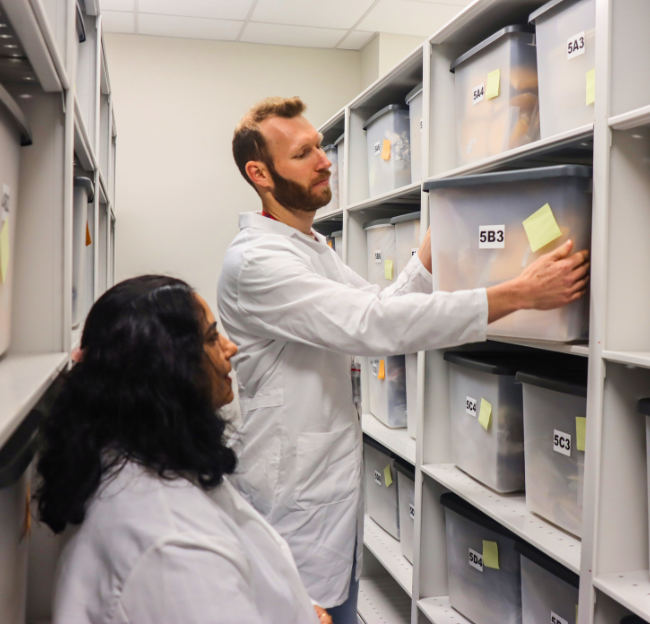
Preserving and providing plant materials for research
Our plant repository is a powerful resource for the discovery and development of bioactive natural products. It houses thousands of biomass specimens and prepared extracts from a wide range of plant species, supporting research into their therapeutic potential. These specimens, combined with the extensive databases developed through NCNPR’s research and development activities, provide critical tools for identifying and authenticating plant materials.
The University of Mississippi Field Station
The University of Mississippi Field Station provides invaluable resources for research in ecology, environmental science, and sustainable practices. Located on a 740-acre site, the Field Station offers researchers a unique natural setting to study upland watersheds, biodiversity, and environmental change. The station supports long-term research, including habitat studies and restoration efforts, and serves as a hub for researchers from multiple disciplines. At NCNPR, we leverage the Field Station's resources for botanical research.
For more detailed information on the Field Station and its research capabilities, visit the Field Station's website.



